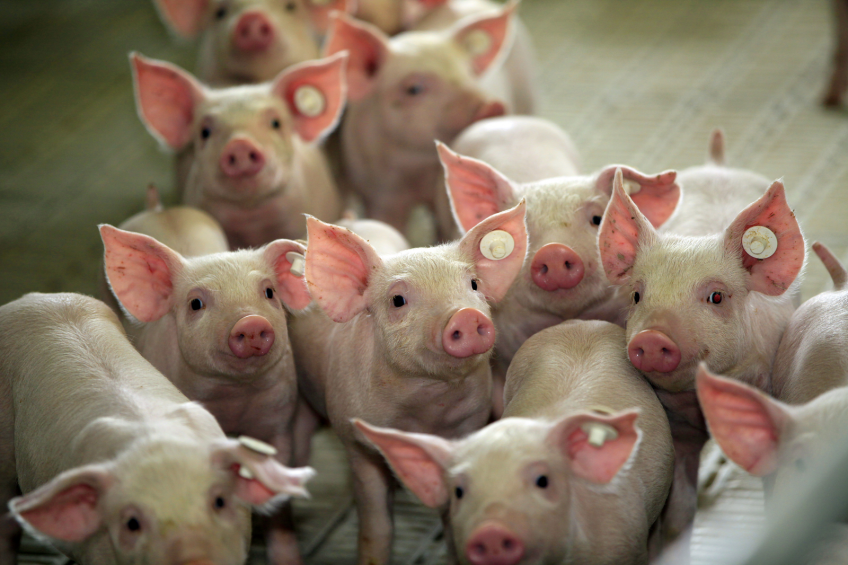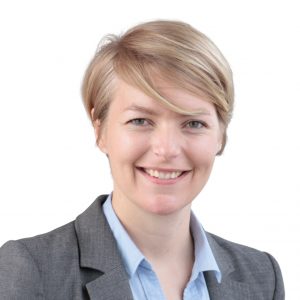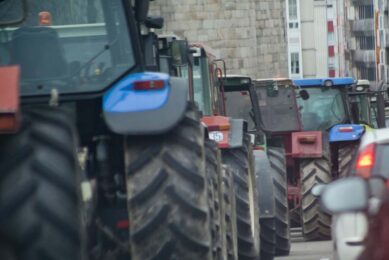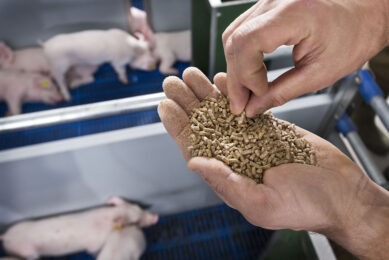Animal protein sector to further consolidate

European compound feed players have expanded geographically and the animal protein industry keeps on consolidating in the EU. This is according to Rabobank report ‘Where Is the Upside in the European Grains-to-Pork Value Chains? Leveraging Country Strengths’.
According to Rabobank the expansion and consolation is a result of strong price volatility in the grain and oilseed market, stagnating feed and animal protein demand in the EU, and the consolidation of global Grain & Oilseeds traders, hence increasing the pressure in the value chain.
Lessons learned
These factors, impacting the value chain, will not weaken in the coming decades, forcing the industry to re-evaluate its position. “Based on the structure and characteristics of the various value chain models, lessons can be learned for the companies that are active in it”, says Vito Martielli, Rabobank analyst Grains & Oilseeds. “Over the past 30 years, the European value chain, spanning from grains & oilseeds (G&O) via feed to pork, has developed into three main business models: specialisation, semi-integration and full integration. Each model has positive aspects and aspects it could improve on.”
Different models in different countries
The specialised model, as seen in the Netherlands, is driven by high efficiency and competitive raw materials at all levels in the value chain. This value chain should work on further integration and cooperation, not only at each individual level, but also upstream and downstream in the chain. This will likely limit additional costs. The semi-integrated model keeps the links in the value chain close together through strong competitiveness, but leaves them independent, with sufficient added value at each level. This model is seen in Germany, where G&O and feed are often strongly integrated, followed by a specialised, but independent farming-slaughtering-processing sector. This model should further leverage its competitive advantage at all stages of the value chain in the international markets. The downstream part of the chain could further integrate and optimise economies of scale.
Another Rabobank report: Global pork market will remain weak
The global pork market will remain weak in the first quarter of 2016, followed by some-partly seasonal-improvement leading into the year’s second quarter.
Integrated model in Spain
The integrated model was developed in countries where structural disadvantages need to be offset by the available margins downstream. The model is seen in Spain, for example, where high feed costs upstream are compensated by the added value of the ham production downstream. The integrated model could increase the efficiency in the upstream market to lower the costs of raw material supplies.
Look and learn from models
The German grains-to-pork chain is best positioned to capture long-term growth. But in order to ensure long-term profitability each of the business models should leverage the country’s strength and focus on improving key success factors in the G&O-feed-pork chain. Looking at the countries analysed, it can be concluded that each should include some parts of the other models in order to strengthen its position without losing current strengths.
Join 18,000+ subscribers
Subscribe to our newsletter to stay updated about all the need-to-know content in the pigsector, three times a week. Beheer
Beheer










 WP Admin
WP Admin  Bewerk bericht
Bewerk bericht